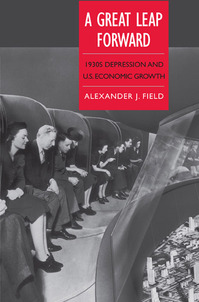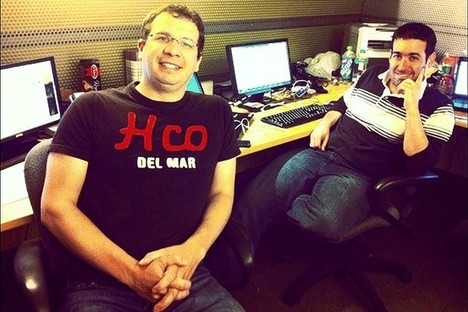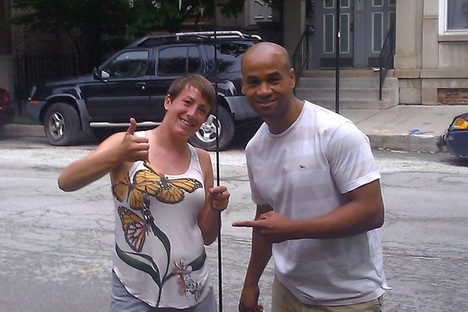(p. 219) Tetlock interviewed 284 people who made their living “commenting or offering advice on political and economic trends.” He asked them to assess the probabilities that certain events would occur in the not too distant future, both in areas of the world in which they specialized and in regions about which they had less knowledge. Would Gorbachev be ousted in a coup? Would the United States go to war in the Persian Gulf? Which country would become the next big emerging market? In all, Tetlock gathered more than 80,000 predictions. He also asked the experts how they reached their conclusions, how they reacted when proved wrong, and how they evaluated evidence that did not support their positions. Respondents were asked to rate the probabilities of three alternative outcomes in every case: the persistence of the status quo, more of something such as political freedom or economic growth, or less of that thing.
The results were devastating. The experts performed worse than they would have if they had simply assigned equal probabilities to each of the three potential outcomes. In other words, people who spend their time, and earn their living, studying a particular topic produce poorer predictions than dart-throwing monkeys who would have distributed their choices evenly over the options. Even in the region they knew best, experts were not significantly better than nonspecialists.
Source:
Kahneman, Daniel. Thinking, Fast and Slow. New York: Farrar, Straus and Giroux, 2011.
Tetlock’s book is:
Tetlock, Philip E. Expert Political Judgment: How Good Is It? How Can We Know? Princeton, NJ: Princeton University Press, 2005.




